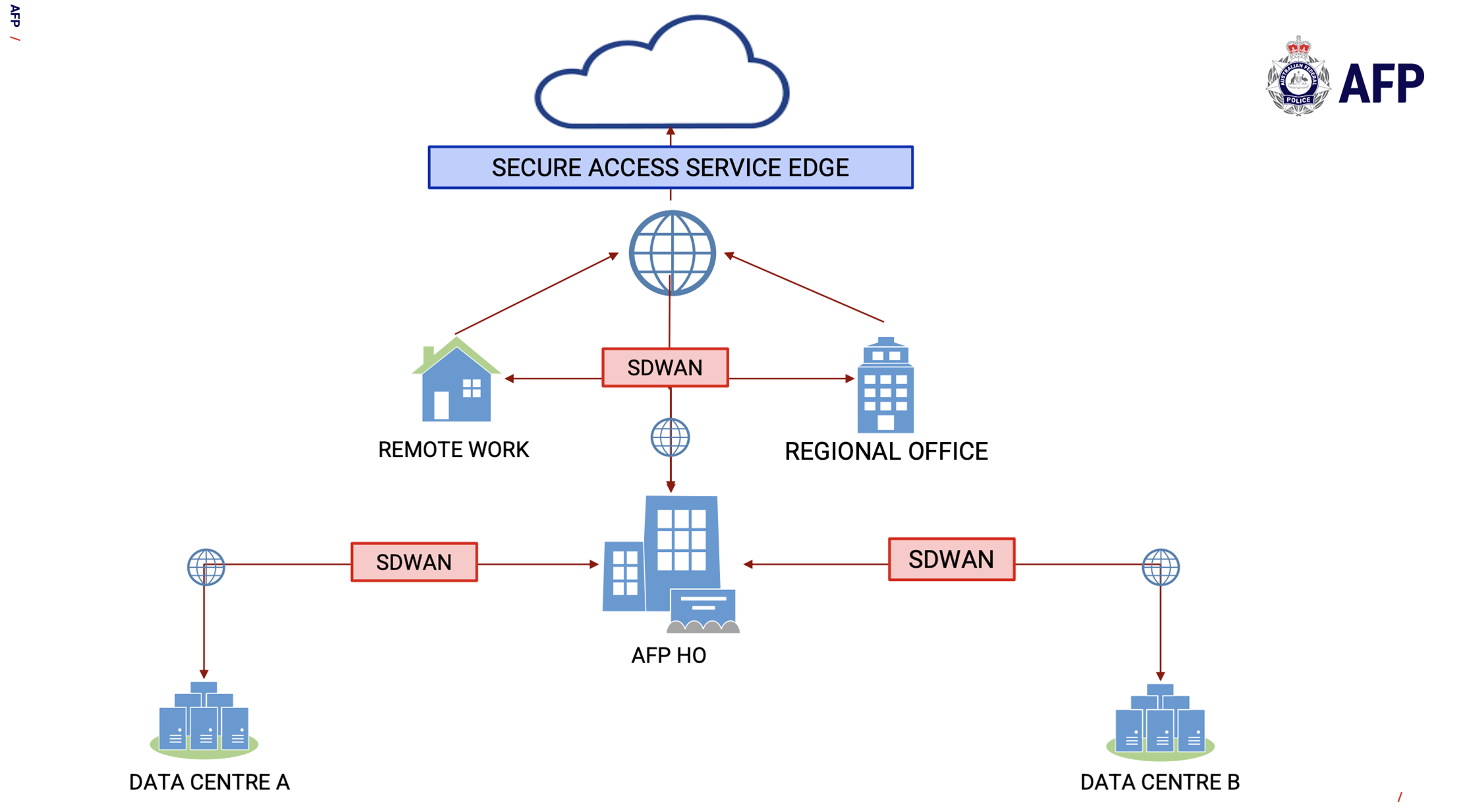The Australian Federal Police is using a combination of cloud, SD-WAN and secure access service edge (SASE) to uplift its IT infrastructure to meet the distributed, high-capacity needs of investigators.

Chief technology officer Kristin Auld told the Gartner IT Infrastructure, Operations and Cloud Strategies summit in Sydney that investigations are often transnational and involve datasets that are too large or malware-infested to consider moving electronically.
“We have to work faster and harder to keep up operationally, but we also need to work securely, and we need to do it around the world at any time,” Auld said.
“Our cybercrime colleagues, when they’re chasing down criminals, often find … [a] large infrastructure of servers and networking across the world where all this information is stored and kept.
“We need to bring all that data and information back, and it can be hundreds and hundreds of terabytes. For us, that’s really hard.
“We don’t have at the moment the network capabilities to bring it back. So often it’s faster for us to actually fly over there, pick up the server and then bring it back.
“Not only that, the data’s dirty, it’s got malware and all sorts of things on it, so it’s not easy for us to use our large infrastructure that we would for our network.”
Auld pointed to an infrastructure uplift being worked on by the force’s CIO Command that aims to improve the security of the AFP’s increasingly geographically distributed workforce, and of operational needs in this investigative work.
“We’re implementing SD-WAN … to assist us to securely connect our users, but also give us the flexibility to be able to manage our network traffic appropriately,” Auld said.
“That’s going to provide flexibility particularly to our network team in terms of how they manage our data traffic, but more importantly the experience for the end user is going to be a lot better.
“We’re also doing a lot of work migrating our services to the cloud, so not only does it give us some flexibility and agility in our architecture, it gives us that resilience and redundancy around where our services are if disaster was to hit in our data centres, and it also brings our data to the edge, so rather than having to bring our people to the data, we can now bring the data to our people where our experts are to do the analytics.
“And the lynchpin and unifying piece to this is our SASE - secure access service edge - that allows us to bring our security anywhere, at any time, to our devices.
“This really is the game-changer for us in terms of building a resilient and flexible environment for our members anywhere in the world.”


.jpg&h=140&w=231&c=1&s=0)










.jpeg&h=271&w=480&c=1&s=1)








